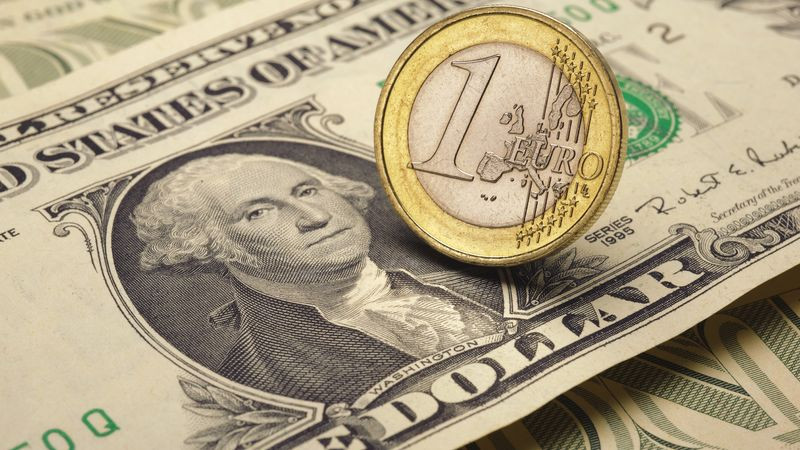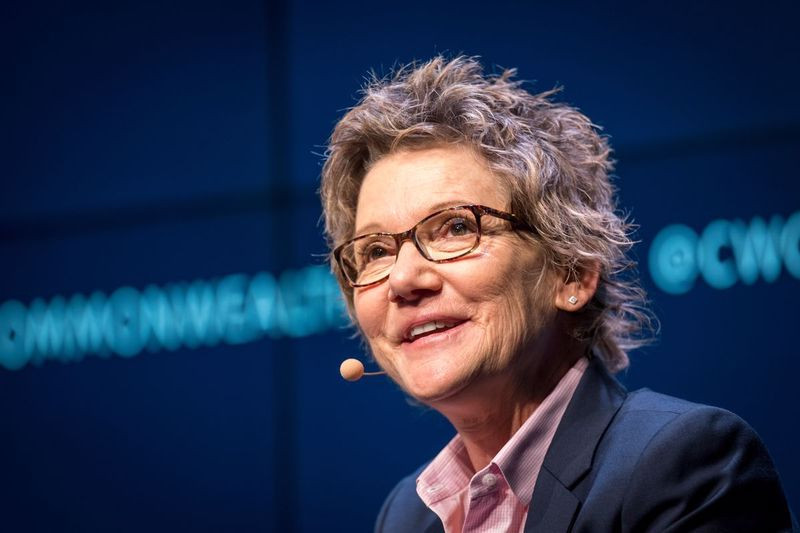
The foreign exchange market continues to live with ideas about the different rates at which leading central banks will reduce the incentives of the pandemic era and raise interest rates.
Based on these considerations, investors have already pushed the USD index to levels last seen in June 2020, and the EUR/USD pair to 16-month lows.
At the beginning of the new week, the greenback continued to strengthen its position against its main competitors in tandem with an increase in the yield of US government bonds after the White House administration decided to re-nominate the current head of the central bank Jerome Powell to the post of chairman of the Federal Reserve.
This step strengthened market expectations regarding the Fed's interest rate hike in 2022, when the central bank is expected to complete its asset reduction program.
Against this background, the yield of 10-year treasuries added more than 8 basis points. On the first day of trading of the shortened week in the US, the indicator rose from 1.55% to 1.63%.
The increase in the difference in interest rates and yields between the United States and the eurozone increases the pressure on the single currency.
Although the yield on Germany's benchmark 10-year securities rose from -0.35% to -0.29% on Monday, the indicator still remains in negative territory.
In addition, the deterioration of the epidemiological situation in the eurozone casts a shadow on the prospects of tightening the European Central Bank's policy, which the markets expected to see at the December meeting.
"The news from the Fed reinforces the key trend in EUR/USD, as the US central bank is preparing to normalize monetary policy, while its European counterpart is late with this. In any case, the ECB already has more reasons to lag behind, since by 2022 inflation in the eurozone should decrease much faster than in the US – but the renewed quarantine and pressure on the services sector in Europe now give the central bank much more reasons to slow down," ING analysts noted.

The news about the nomination of the current head of the Fed, Jerome Powell, for a second term in office, served as a tailwind for the greenback, which strengthened on a broad front.
At the same time, the euro continued to decline amid the deterioration of the COVID-19 situation in Europe after German Chancellor Angela Merkel painted a picture of much tougher restrictions in an attempt to curb the virus.
As a result, the EUR/USD pair plunged by almost 0.4% and ended yesterday's trading near 1.1235.
On Tuesday, the USD index updated its 16-month high at 96.60, and then adjusted slightly.
Meanwhile, the main currency pair found a local low around 1.2225 today and tried to launch a counteroffensive, taking advantage of the current correction of the dollar after yesterday's rally, as well as positive data on business activity in the eurozone.
According to Markit Economics, in November, the composite purchasing managers' index in the currency bloc, according to preliminary estimates, rose to 55.8 points from 54.2 points recorded in October, and against the forecast of 53.2 points.
Faced with resistance in the area of 1.1270, the EUR/USD pair switched to consolidation mode.
The prospects of an earlier Fed rate hike and a rise in the yield of 10-year treasuries above 1.65% help the dollar to stay near a 16-month high and limit the growth of EUR/USD.
US President Joe Biden's decision to nominate Jerome Powell for the post of chairman of the US central bank for a second term has led to the fact that now the futures market puts in quotes almost three full increases in the federal funds rate by 0.25% until the end of 2022.
The final FOMC monetary policy meeting of this year will be held in three weeks, and expectations are growing for more decisive action to combat inflation, which significantly exceeds the central bank's target of 2%.
Some Fed officials believe that inflationary pressures will begin to decrease in the coming months, as supply chain disruptions that contribute to price increases begin to weaken.
In particular, this opinion is shared by the president of the Federal Reserve Bank of San Francisco Mary Daly.
According to her, a proactive rate hike in an attempt to stop inflation may have unforeseen consequences in the future.
"Monetary policy is a crude instrument that operates with a significant delay. Thus, raising interest rates today will do little to increase production, establish supply chains, or prevent consumers from spending more on goods than on services. But it will limit demand in 12-18 months," M. Daly said.

At the same time, a number of FOMC officials argue that the Fed needs to accelerate the transition of monetary policy to a more normal course after about a year and a half of work in an emergency situation in order to curb inflation - starting with a faster cessation of asset purchases and ending with an earlier increase in interest rates.
It is still unclear how far the US central bank is ready to go in this direction. However, after being nominated for a second term as head of the Fed, Powell said the central bank is determined to prevent inflation from disrupting the ongoing economic recovery and hurting American families.
"We will use our tools both to support the economy – a strong labor market - and to prevent the consolidation of higher inflation," he said.
It is noteworthy that earlier this month, the Fed chairman said that the central bank would not raise the rate until the labor market improves, even if inflation accelerates. He made these comments on the same day that the central bank announced it would begin slowing monthly asset purchases by $120 billion.
There has also been a noticeable shift in the ECB's rhetoric: Isabelle Schnabel became the first member of the bank's board to warn that the risk of inflation is skewed upward.
It is assumed that business activity in the eurozone will be restrained by quarantine measures, and companies will shift the growing costs to consumers, which means that in the coming months core inflation will experience upward pressure.
If the ECB starts taking measures to curb inflation, this will be a positive moment for the single currency.
However, for the time being, the central bank prefers to stick to a wait-and-see position, despite the threat of rising inflation.
The euro looks vulnerable to falling risks, given that expectations regarding economic growth and interest rates have changed against the eurozone, ANZ analysts say.
The potential decline in business sentiment in Europe is forcing traders trading EUR/USD to look at the next red line – 1.1000, where the trend line that has existed since 1999 runs.
UBS and HSBC analysts predict that the euro will fall to this level by the end of 2022, as they expect the ECB to keep the cost of borrowing at a record low, while the Fed will move to raise interest rates.
 English
English 
 Русский
Русский Bahasa Indonesia
Bahasa Indonesia Bahasa Malay
Bahasa Malay ไทย
ไทย Español
Español Deutsch
Deutsch Български
Български Français
Français Tiếng Việt
Tiếng Việt 中文
中文 বাংলা
বাংলা हिन्दी
हिन्दी Čeština
Čeština Українська
Українська Română
Română

